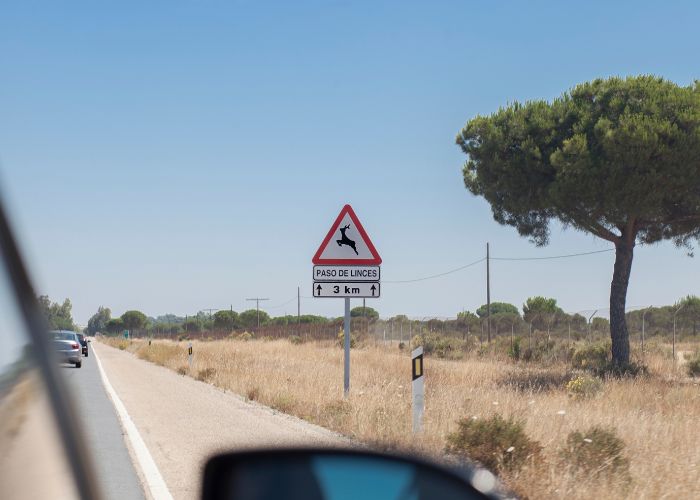Even though this year the population of the wild Iberian lynx in Andalucia has grown, reaching record levels, protection of this species remains important. Moreover, part of the protection is preventing life-threatening risks, such as being run over.
Sadly, there are several known cases of this. In March, ‘Kadir’, a 10-year-old territorial adult male, was run over and killed. This happened in the municipality of Hinojos in Huelva. In April, two more of these animals died in Huelva province.
In response to these accidents on certain Andalucian roads, the regional Ministry of Sustainability, announced the installation of a pioneering system in Spain. Meanwhile, the system is already in use. According to the Junta de Andalucía, the unique device has been installed in Spain in areas where the largest number of Iberian lynx have been recorded. The aim is to prevent them from being run over.
Additional element
The device, AVC-PS (Prevention of Animal-Vehicle Collisions), has already been installed on the CO-3102 road in Cordoba, on the A-301 in Jaén and in two places on the A-481 road, one in the province of Huelva (between Villamanrique de la Condesa and Hinojos) and the other in the province of Seville. THE AVC-PS is being added as an additional element on critical roads for wildlife. It complements virtual barriers and neuromarketing panels to make drivers more aware.
How does the infrared and thermal camera system work?
Vehicles have to reduce their speed on these stretches in case an animal suddenly enters the road and the driver cannot prevent the animal from being run over. The regional government points out that this new signal only works in high-risk situations.
This means it is activated when, for example, a lynx appears at the side of the road and approaches a car at excessive speed. Thanks to a set of infrared sensors and a thermal camera, the signal detects the animal.
It then displays a warning on the dashboard for drivers to see it and slow down. At the same time, a radar sensor measures whether the car slows down. The light indication is then switched off.
But what if the car does not follow the instruction? Then a warning is sent to the control unit, which activates a sound to scare the animals away. This prevents them from entering the road.


